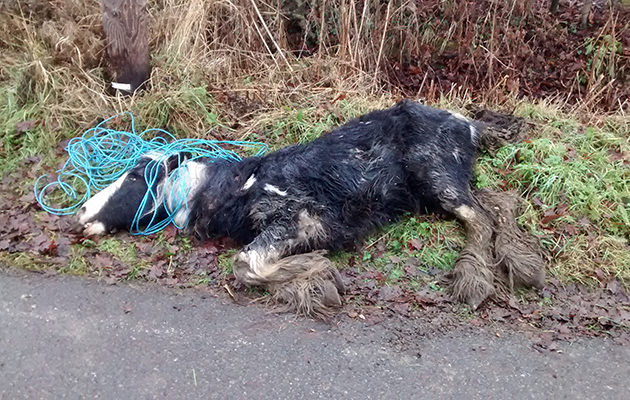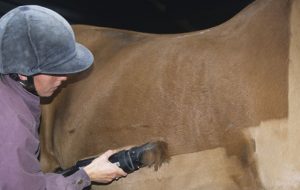Rick Farr B.Sc (Hons), B.V.Sc, MRCVS of Farr & Pursey Equine Veterinary Services gives his expert advice on worming your horse

Q: “Worming — how often do you worm your horse? Do you do it twice or four times per year? And what fundamentals should I know and bear in mind when it comes to worming?”
A: Worming is one of those subjects that everyone is always unsure of, however still manage to almost ‘muddle through’.
In my opinion, there are just a few items to remember when it comes to worming your horse:
- There is no one single treatment protocol that fits all horses.
- It is important to monitor the levels of parasite burden and treat accordingly.
- Environmental contamination / burden of parasites should not be underestimated and pasture management is paramount in worm control.
- Roundworms and tapeworms are treated very differently.
- The very young and very old should be wormed more regularly.
So in answer to your question, how often should you worm your horse? If you are like me you were probably taught years ago to worm every 6-12 weeks. This can still be true in some circumstances, however the vast majority of our equine population should not be wormed this frequently. It is more important to ascertain whether you horse needs worming in the first place. Regular worm egg counts are necessary during the grazing season, which can be between March and September (weather dependent). Horses with single high worm egg counts, regular elevated counts or susceptible horses (very young or old) do then need treating. It is also important to remember that worm egg counts will only show you if your horse has a burden of roundworms, not tapeworms.
So what is a high count? Within our practice we class counts above 250 eggs per gram of faeces as above normal and therefore requiring treatment. With numbers over 500 we then give additional advice with regards to treatment as it is likely that the use of a wormer may cause anything from diarrhoea to colic symptoms.
Continued below…
Related articles:
- H&H forum: find out what H&H readers suggested
- Find out more about worms and worming
- A useful guide to worms found in horses
So you have found out whether your horse needs worming – but when do you treat? Once again, monitoring the worm egg count will tell you how often during the grazing season but, if the counts remain high, rotating the wormer drug class every six weeks may be necessary to get parasite populations under control.
Tapeworms are slightly different. Again, there are accurate ways of finding out whether your horse has a burden and I would advocate having either a blood test or saliva test done to check the levels of parasite burden. However, we still recommend that tapeworm treatment is done twice a year, in spring (March/April) and autumn (September/October).
Also all horses should be treated for encysted redworm, which at the moment cannot be tested for, typically around December. Make sure you choose a wormer that is effective against encysted redworm as not all wormers are.
There are also a few fundamentals you need to consider when it comes to worming:
- We do not have any new wormers on the market, therefore over use or unnecessary worming results in resistance to the drugs. We already have a significant amount of resistance to all of the drug classes. Drug use should be strategic and part of a controlled management program.
- There is usually only a small proportion of a herd which has a parasite burden. This small number reinfects the rest of the herd. If you identify these individuals through worm egg counts it is much easier to control parasites; this way the whole herd benefits.
- High parasite burdens can cause weight loss, colic, performance issues and even death, parasite monitoring and strategic control can save you money in the long run.
Your vet will be able to give you a tailored worming protocol for your yard; get in touch with your local practice and get the advice you need to keep your horse healthy and also save you money!










































